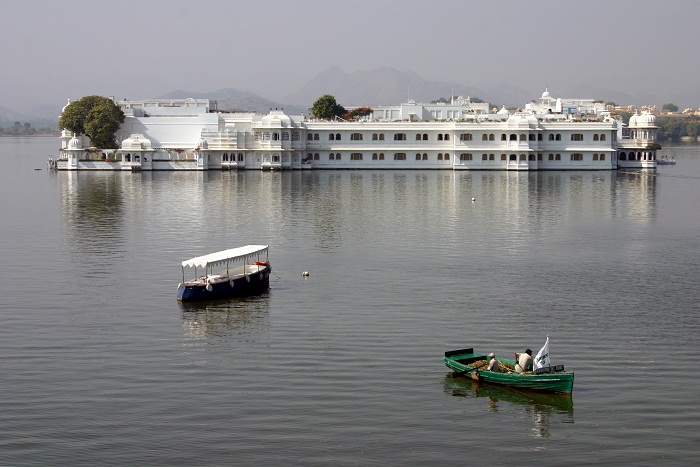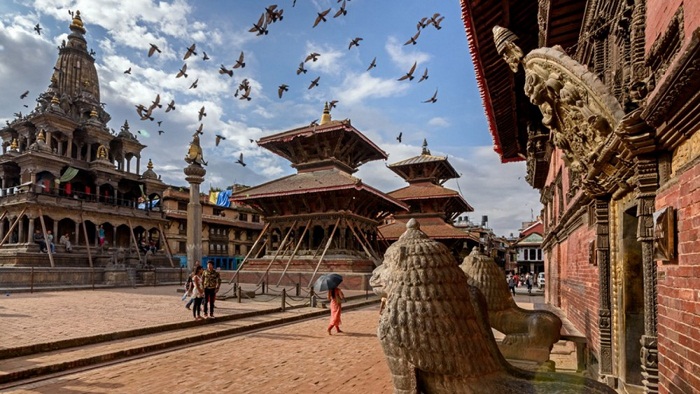To get to know the culture of India, one cannot enter a Hindu temple. India is full of sacred buildings, including many mosques, places of worship of extraordinary beauty. Here are some rules to respect for visiting an Indian mosque and Temple of India.
India – Rules of Conduct for Visiting a Mosque
Although the rules to follow vary from region to region, there are some rules that must be respected whenever approaching a Hindu temple, which is the heart of Indian spiritual and religious thought.
Pay attention, first of all, to clothing: never have your shoulders uncovered and wear trousers or long skirts. Some types of prayer provide that the faithful touch the statues representing the deities, in order to receive their positive energies. In some regions, however, men are forced to enter naked but cannot touch the icons.
Another important rule is to enter barefoot to show respect to the deity. The shoes are dirty and therefore impure and imperfect. Almost everywhere, you can keep your socks.

Always ask if you can take pictures inside, because in most of the temples it is strictly forbidden.
Usually, before entering right into the heart of the temple, turn clockwise around it. These turns, which are called pradakshina and must always be in odd numbers, serve to cleanse the body and communicate their devotion to the deity. Symbolically, going around the temple represents the journey that devotees make within themselves.
Entering the temple, the faithful ring a bell hanging from the ceiling which can also be played by visitors at the exit as a sign of appreciation and appreciation of the visit.
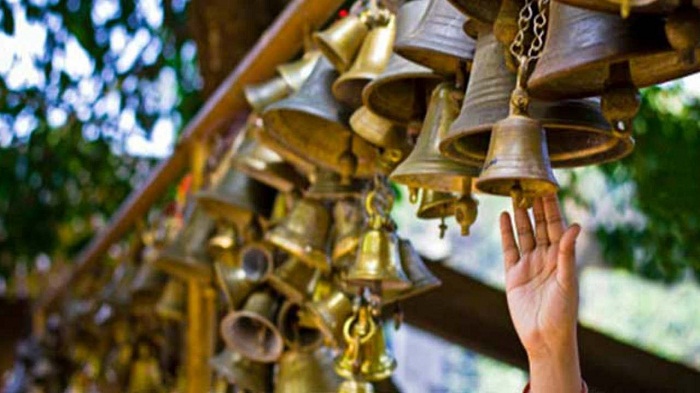
Once the sacred images are reached, it is preferable not to remain still in front of them. The devotees are placed sideways, both out of respect for the deity, and to avoid receiving too much energy. In particular moments, called darshan, the god symbolically opens his eyes to erase all the fears from the hearts of the faithful, who thus remain to watch him intensely. Also forbidden to walk in front of the people who are praying.
It is not obligatory to make an offer, devotees often carry symbolic gifts: flowers, sweets, fruit. Visitors are given prasad, consecrated food, and are applied to the forehead of sacred powders. You can refuse to have the prasada but, if you accept it, it’s a good idea not to throw it away, in order not to disrespect.
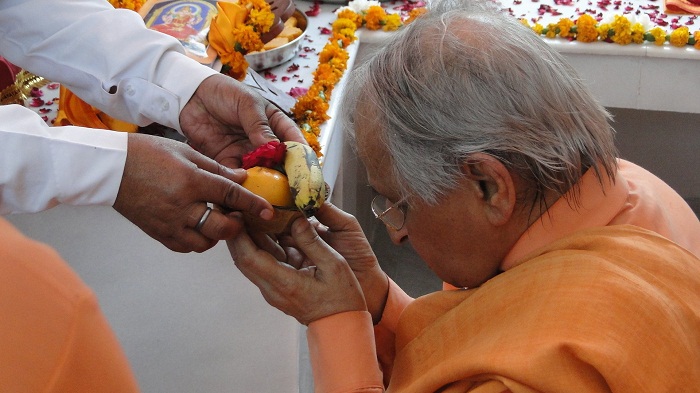
In some regions, entry into temples is forbidden to pregnant women or during the menstrual cycle , in others it is even forbidden to all women of reproductive age. Learn about most amazing and famous temples in India
India – Rules of Conduct for Visiting a Mosque
Not only Hindu temples, in India several religions coexist and there are also many mosques, including the famous Taj Mahal, UNESCO World Heritage Site and one of the seven wonders of the world. As for every sacred building and place of worship, it is necessary to know some behavioral norms before going to visit a mosque, to avoid making bad figures or bumping the sensitivity of the faithful gathered in prayer.
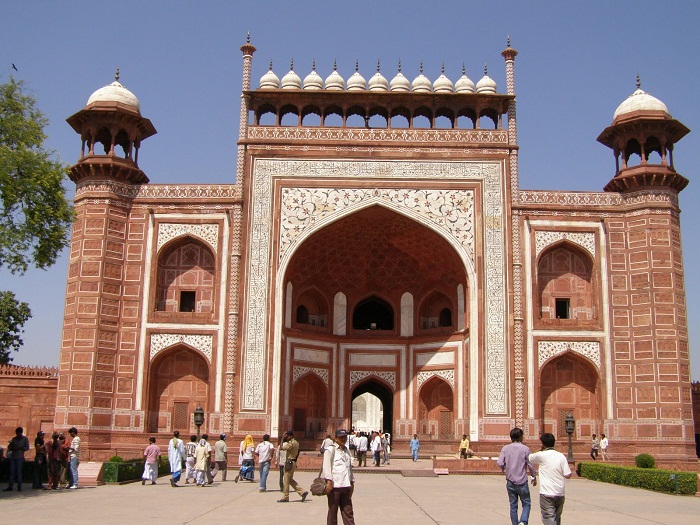
Indian mosques follow the general rules of most mosques scattered around the world, although there may be variations depending on the region where the building is located.
First of all, during the visit, it is good to check the calendar. Although it is not forbidden, it is not advisable to visit a mosque on Friday, holy day for Muslims, because there could be a strong turnout of believers, such as to make the presence in the place of worship problematic. Usually, admission is free but in some mosques a free offer is requested. Some buildings may have separate entrances for men and women or two different entrances for believers and non- Muslim visitors.
It seems trivial to say, but before entering a sacred building you must remove the ring tone of the phone, lower the tone of voice and do not introduce food or drink.
Also when it comes to clothing, take care not to wear overly flashy clothes or to have uncovered legs and shoulders. In some mosques, women may be required to cover their heads, so it is better to have a scarf or scarf with you if necessary. Men must wear long trousers.

In the mosques one enters barefoot and without a hat. In the summer months, when sandals are usually used, it is preferable to bring socks with them, even if many of the buildings have plastic feet protectors.
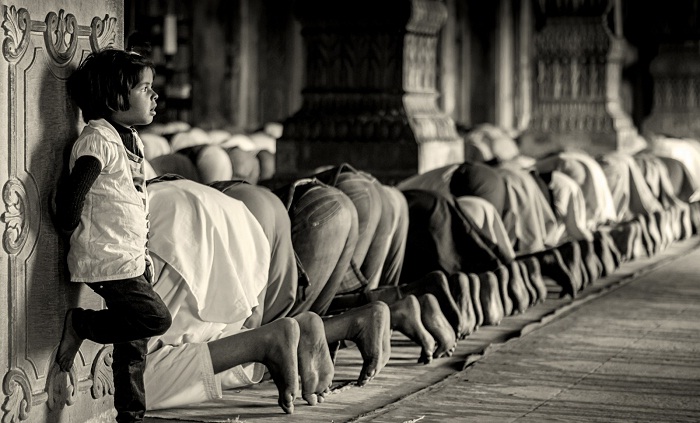
Photographs are allowed but it is forbidden to photograph the faithful while they are praying or while a ceremony is taking place.
While sitting, be careful not to tip your toes to the main wall of the mosque, positioned in the direction of Mecca. Even walking before faithful engaged in prayer is considered disrespectful and unseemly.
If you are visiting India then must aware the rules of temples, mosques and other places.



